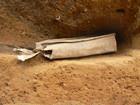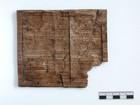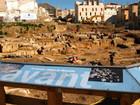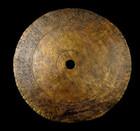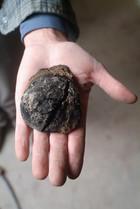You are here
News
- (-) Remove Discoveries filter Discoveries
- (-) Remove Antiquity filter Antiquity
A team from the Inrap recently excavated part of the cemetery of Gallo-Roman Evreux Mediolanum Aulercorum. One hundred and thirty four burials dated to the 3rd century AD were found between October 2006 and June 2007. In addition, the excavation has given archaeologists the opportunity to study a funerary practice previously unknown in Roman Gaul.
An archaeological excavation was conducted Place de la Libération in Troyes, from 2004 to 2006 before the construction of an underground car park.The results of an interdisciplinary approach paint a picture of an emerging ancient city and the daily life of a newly Romanized urban population in the early years AD, particularly social status, dietary customs and state of health.
Mosaics have been found in the ancient residential quarter of Nimes by a team from the Inrap. The excavation precedes the construction of an underground car-park by the town of Nîmes and is curated by the Regional Archaeology Service.
A team from the Inrap is carrying out a major excavation on the boulevard Charles-Nédélec in Marseille where, over eight millennia, Neolithic, Greek and Modern populations have succeeded one another. The dig is curated by the Regional archaeology service within the framework of the ZAC Saint-Charles, a vast programme of urban development carried out by Euroméditerranée.
A team from the Inrap is at present excavating a site in the avenue Jean-Jaurès, prior to the construction of an underground car-park by the town of Nîmes.
A team from the Institut National d'archéologie preventive (Inrap) has discovered a mortuary practice hitherto unknown in Roman Gaul. The archaeologists are working in an area of 200m2 intended for the construction of a private house at Evreux (Eure).
An object unique of its kind has been discovered in the Gallo-Roman town of Chevroches (Nièvre) during preventive excavations carried out by a team from the Institut national de recherches archéologiques preventives (Inrap). The Musée archéologique of Dijon in collaboration with Inrap is displaying this discovery until 28 January 2007.
After five months, the preventive archaeological excavation conducted by Inrap on the future A3C building site, Saint-Symphorien street in Rheims, is reaching its end. Extending over 500 m2, the archaeological levels are more than 5 m deep and recount 2,000 years of continuous human occupation.


